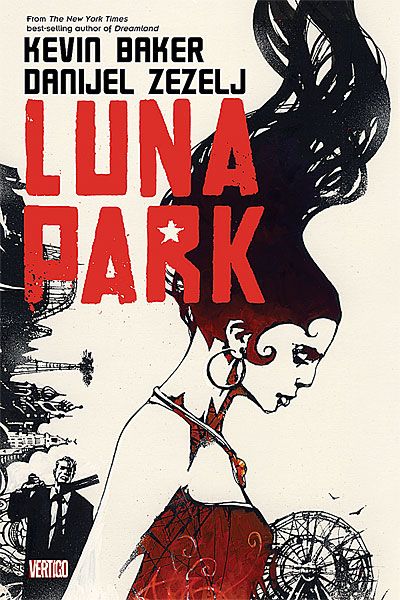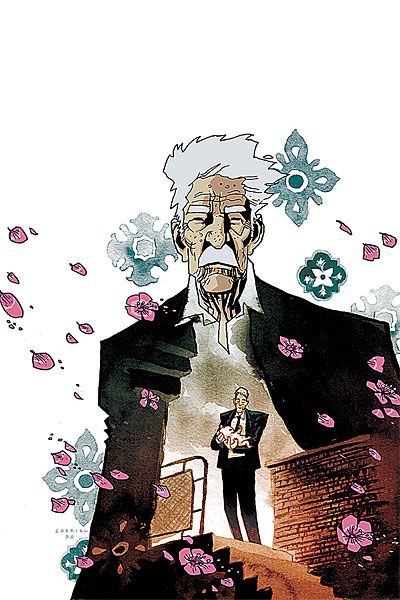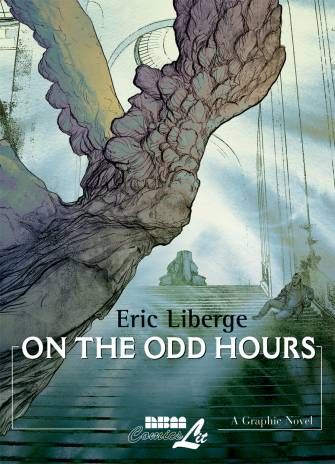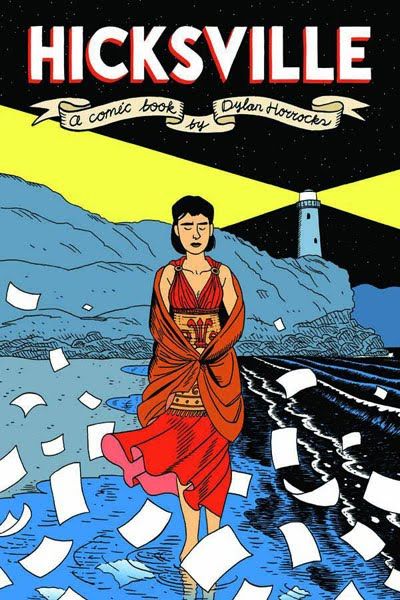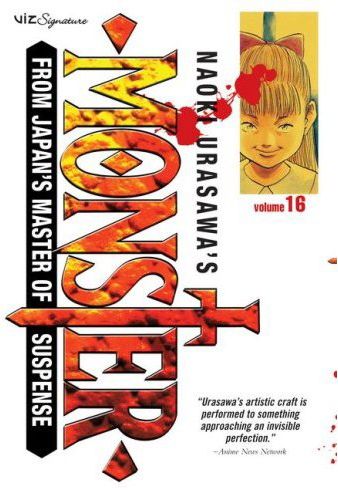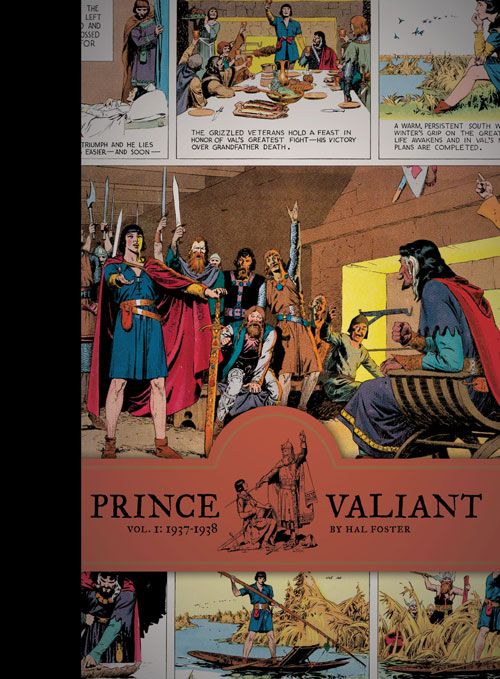Our guest this week is the esteemed critic Ng Suat Tong, who has written some quite memorable pieces for The Comics Journal, but lately can be found as a regular contributor to The Hooded Utilitarian blog.
To find out what Suat and the rest of us are reading, click on the link below. And don't forget to let us know what you're currently reading in the comments section.
Tim O'Shea: Daytripper: I've bought the first four issues of Fábio Moon and Gabriel Bá's Daytripper (Vertigo). but waited until today to read all four issues in one sitting. I'm of two minds: Damn I wish I had been reading each issue as they came out, but then again I'm glad I got to take in the lives of Brás de Oliva Domingos all at once. Looking at the credits, the editors on the series are Bob Schreck & Pornsak Pichetshote. If this 10-issue miniseries is the last Schreck Vertigo project to bear his name, it's a helluva great way to end his career there. (Aside this reminds me I need to keep an eye out for Shreck's impact on IDW). The project redefines the term "one and done" given the regular arrival of death at the end of each issue. Finally kudos to Vertigo's marketing with the book, in the first four issues the cover has been adorned with laudatory blurbs from Gerard Way (no stranger to the creative team, of course), Terry Moore, Jeff Smith and Becky Cloonan.
Marvel Adventures Super Heroes 21: Someday I hope Paul Tobin is the writer on one of the main Avengers books, but in the meantime, I'm quite happy with the tales he tells in Marvel Adventures Super Heroes. In a way, he's 2010's Roy Thomas, as evidenced in this issue by his ability to dig up obscure 1940s Marvel characters (Gary Gaunt and Sun Girl) and bring them into the present day story. I'm hoping Sun Girl, at the very least, turns up again in Tobin's Marvel Adventures work.
Secret Six 19: Gail SImone's gift for dialogue shines this issue with the lines she gives Rag Doll. The plot and players in this issue left me slightly confused, but I assume things will become more clear (it was the first part of a four-issue arc story) as the story progresses.
Batman and Robin 10: Damn you Grant Morrison, I hated Damian Wayne at first and now he's my favorite part of the series. It's almost like you planned it that way -- oh wait. I was expecting an artistic letdown with the departure of Cameron Stewart and the arrival of Andy Clarke. Fortunately I underestimated Clarke, he draws a great Batman & Robin. Have no idea who Oberon Sexton/The Gravedigger is, but I really like the simplicity/Victorian Age Updated vibe of his costume.
Every chance I get, I go to bookstores--and on a recent drive through Chattanooga, Tennessee, I hit McKay Used Books, CD's, Movies, and More. They sell used books/CDs/DVDs and even magazines. That was how I came upon the Summer 2005 edition of Brick:The Literary Journal. I've never bought Chris Ware's work in the past. But after finding (in Brick) the advance excerpt of Ware's 2007 Acme Novelty Datebook Volume Two: 1995 - 2002, I'm curious to see more of Ware's sketchbook material: Not for the art necessarily, but more for Ware's candid diary/text pieces.
Brigid Alverson: On the Odd Hours is one of a series of comics commissioned by the Louvre. It’s a supernatural story that presents an interesting twist on the paintings-come-alive idea, but what intrigued me most is that the main character is deaf, as are a number of the supporting characters. This allows the creator to explore the unique struggles of deaf people to fit in with (or reject) the hearing world, as well as the unique visual characteristics of sign language. The art in this book is absolutely amazing; it looks like creator Eric Liberge threw every technique in the book at these panels, but the result is nuanced rather than chaotic. It’s also very dense, so although it’s a slim volume, it’s taking me a surprisingly long time to read it.
On a much, much lighter note, Calamity Jack is an updated version of Jack and the Beanstalk, with a Native American trickster as the hero. It’s the sequel to Rapunzel’s Revenge, and Rapunzel returns to help out in this book as well. The story starts a bit slow but soon picks up steam, and there’s plenty of action to keep things moving. Although it’s a kids’ book, Calamity Jack has a lot to offer adults as well; they will probably appreciate the strange animals and steampunk contraptions more than the intended audience, and Nathan Hale’s superb art make this book truly something out of the ordinary.
Chris Mautner: Finally finished Jeanne D'Arc, but I also managed to get my PS3 fixed after being down for a long while, so I don't know how many comics will be taking up my time in the next few weeks. I have however, been sticking my nose in the following:
Hicksville --Dylan Horrocks' masterpiece remains as potent and rewarding a read as ever.
Gahan Wilson: Fifty Years of Playboy Cartoons -- I'm in the final stages of transcribing an interview I did with Wilson for CBR, and have been referencing this massive collection as I go along, mainly in the hopes of inspiration striking me when it's time to write the introduction.
Sand and Fury: A Scream Queen Adventure -- Tom's recommendation last week made me dig this out of the bottom of the review pile.
Footnotes in Gaza -- I keep picking this up, reading a few pages, and then putting it back down again for awhile. I hope to have it finished by the end of the weekend though.
Sean T. Collins: Big reading week for me! Click the links for a more in-depth look at each, if you please...
Naoki Urasawa's Monster: I finally finished Urasawa's epic suspense saga, chock full of tangled conspiracies and people shouting about the value of human life. I had my quibbles with the conclusion, but it was addictive stuff.
All-Star Superman, by Grant Morrison & Frank Quitely: Morrisonia quite aside, this is just a magnificently pleasurable superhero comic to read. This was the first time I'd done so all in one go as opposed to its serialized installments, and I enjoyed the heck out of it.
Two Eyes of the Beautiful, by Ryan Cecil Smith: A member of Baltimore's Closed Captioned Comics collective pays homage to horror manga master Kazuo Umezu in this fun, freaky minicomic.
Also, inspired by the greenlighting of the HBO series, I started George R.R. Martin's A Game of Thrones. I haven't read enough fantasy to say for sure whether this is full-fledged revisionism, or "The Sopranos with swords" as the trades are saying, but its blend of Tokienian epic with a Howard-style edge of sexy ultraviolence has been pretty engrossing so far.
Ng Suat Tong: I don't usually read many comics in any one week. Part of this is due to the fact that there are so many other distractions my comics reading list has to contend with (books, movies, computer games, concerts etc.). I've read a few articles which have stated that there is so much comics-related material coming out nowadays that it's hard for one person to keep up with everything. I would suggest, however, that most of it isn't really worth paying much attention to and even less writing about. But here are two comics which I did read in the last week or so.
Prince Valiant Volume 1 (1937-38; by Hal Foster). I flipped through this book when I first acquired it a few months back from Manuel Caldas in Portugal on the recommendation of Domingos Isabelinho. This was a more detailed reading. I have a near complete set of the earlier Fantagraphics edition and there's simply no comparison between the new editions and the older ones. The new Fantagraphics and Portugese books are the only way one should read Foster's masterwork.
Unlike the new Fantagraphics editions of Prince Valiant (which are in color), these volumes have been reproduced in black and white so as to preserve Foster's linework. It's the closest thing to seeing what a Hal Foster original looks like in person (huge - some of the largest original art around - and quite impressive). The art for first decade or so of Prince Valiant is also that which is most desired by collectors of original art. I would hazard a guess that almost any art originating from the first year would be a steal at under $20,000. One such piece (the sixth Prince Valiant depicting Horrit the witch which influenced the Old Witch of the EC horror line) has been listed at two succeeding Russ Cochran auctions before being taken down prematurely (presumably because of legal problems). The strips collected in this first volume are from Prince Valiant's prime period and it should be easy to see why Burne Hogarth and Wally Wood (among others) were admirers of Foster's work.
This is the only volume which Caldas released in English (the rest are in Portugese). A lovely article by Dan Nadel on the appeal of Prince Valiant can be found at the Comics Comics website.
Luna Park (written by Kevin Baker and drawn by Danijel Zezelj). I read this book quite quickly and haven't viewed any of the more detailed reviews that can be found online, so these are just the vaguest of impressions.
The main reason for getting this book is Zezelj's art. He's an artist who can turn the most prosaic of scenes into something both moody and entrancing. Having said this, Baker's story is by no means poor. The narrative is reasonably complex but the structural conceits sometimes feel like an excuse to tell a number of short stories (of varying quality) revolving around Russian history. It would be interesting to know to what extent the recursive moments in the imagery were scripted in or deduced by the artist. I also have mixed feelings about the palette chosen which comes through as a sort of perpetual night. It works well in the context of the story and certainly fits Zezelj's art but it can become a bit monotonous. It may well be a decision which was arrived at through consultations between artist and colorist. In any case, this is a comic which probably bears rereading if only to pick up the pictorial reiterations which reinforce Baker's themes of violence, fate and despair.
A final note: Chris mentioned being distracted by Jeanne D'Arc on the PSP last week. I'm sort of distracted by the recent release of Final Fantasy 13 in English myself. All the reviews complaining about the game's horrible linearity and constrictive gameplay are probably correct but the experience has left me wondering why it is often so difficult for Japanese video game writers to take some lessons from their manga counterparts. Articles on the failures of the Japanese gaming industry have been popping up with increasing frequency of late and this is but one of many problems. Of course, no one actually plays these games for their stories but the gap in quality between manga storytelling and that of video games is pretty huge. Just a thought.


